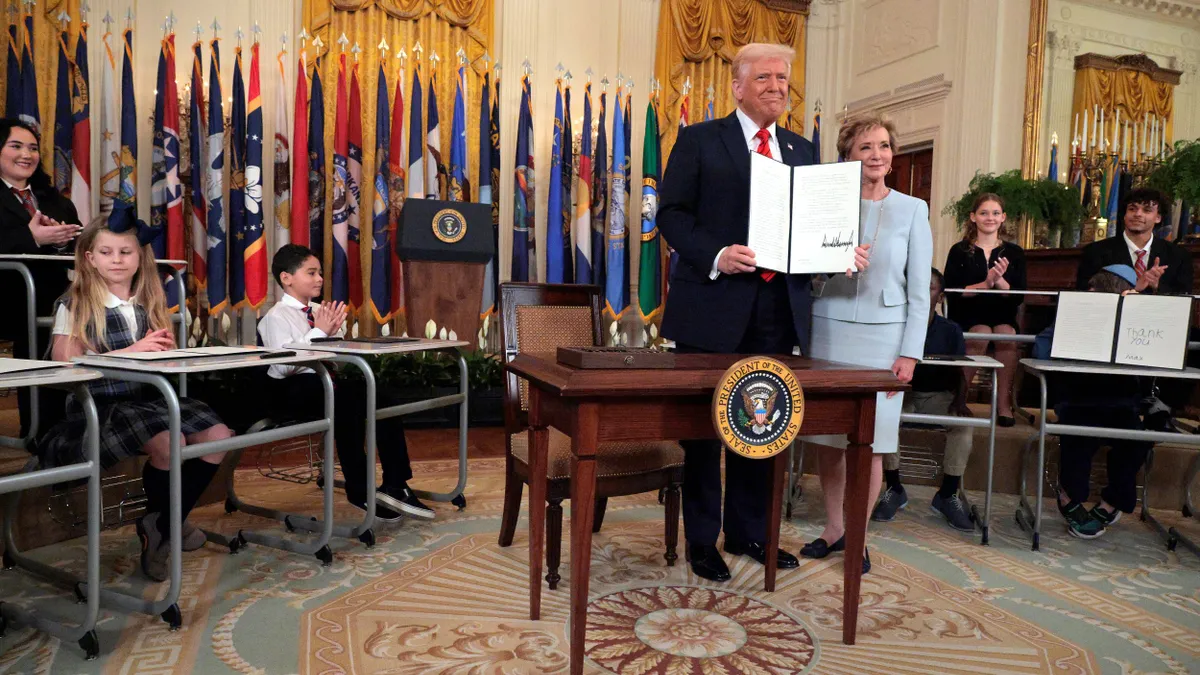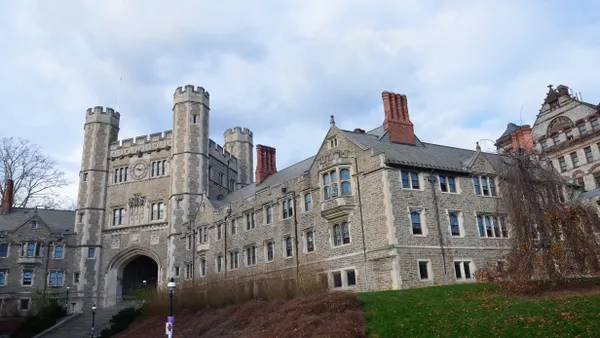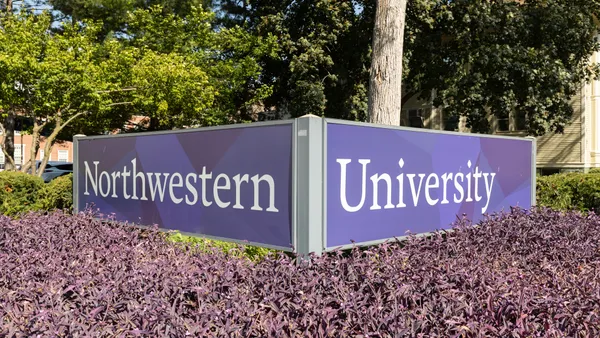Two reports this week illustrated some interesting facts about the spending activities of families who send students to college, as well as the higher education institutions themselves.
The Trends in College Spending: 2001-2011 report by the American Institutes for Research's Delta Cost Project and Sallie Mae’s How America Pays for College study shed light on several trends developing in college spending by families and how colleges and universities use those funds, as well as their other revenue streams.
The good news is that the recession seems to have had much less of an effect, if any, on institutional spending and how families pay for college. On the flip side, trends that show more costs being borne by families — and more families having to dip into retirement savings to pay for college — are troubling.
Here are 7 facts about college spending gleamed from the two reports:
1. Families are largely dependent upon grants and scholarships
Grants and scholarships were the largest source of funding for families for college. In 2014, families pay an average of 31% of the cost of college using grants and scholarships, with 30% coming from parents’ income and savings, 15% from student borrowing, 12% from student income and savings, 7% from parent borrowing, and 4% from friends and relatives.
2. Average price paid at private non-profits down, price at public non-profits up
The amount paid for four-year private colleges dropped considerably in 2014, but remained about even for public colleges. The average amount spent for four-year private colleges in 2014 was $34,855, down from $39,434 in 2013. The average amounts spent on four- and two-year public schools were $21,072 and $11,012, respectively.
3. Amount paid is still socioeconomically proportionate
High-income families paid about $7,000 more for college than low- and middle-income families in 2014. High-income families paid $26,556, compared to $19,471 for middle-income families, and $19,466 for low-income families.
4. Families hold students accountable for repayment — even with parent loans
When families borrow for college, students are responsible for repaying the loans. According to the Sallie Mae survey, when students borrow from federal or private sources, 71% of the families believe the student should pay. And when parents borrow for the children’s college, only 12% of the families expect the parent to be solely responsible for the loan repayments.
Low-income families are more likely to believe that the cost of college should be borne solely by the student, at 31%, compared to 17% of middle-income families, and 9% of high-income families.
5. Students and families now pay more than half the price tag
According to the most recent data available, students and their families now pay more than half of the cost of college, on average, for the first time. The student/family share of college costs is between 50% and 60% for public four-year schools, up 18-22% from 10 years earlier. For private four-year schools, the student/family bears 72-92% of the cost, while for community colleges, the student/family share is only 38%.
6. Per-degree spending down at community colleges, up at private four-year schools
Average spending per degree has dropped to the lowest point in 10 years for public community colleges. Private colleges and universities have contained their average spending per degree, after peaking for private research and bachelor’s degree institutions in 2009. But private research universities still spent much more per degree in 2011, 16%, than they did one decade earlier.
Degree productivity, or the number of degrees per full-time-equivalent student, reached a 10-year high at research universities and master’s degree institutions. All public colleges and universities showed increased degree productivity in 2011.
7. Many families that borrow wanted to avoid doing so
Most families who didn’t plan to borrow money to pay for college were expecting financial aid or savings that wasn’t there when it came time to pay. Of the families who borrowed to pay for college, 30% didn’t expect to, 43% planned on having to borrow, and 27% planned on borrowing as a last resort, hoping they wouldn’t have to.
Most families don’t have surprise expenses for college, but one-third of families report that they come across unexpected costs for college. Textbooks were the biggest surprise, with 40% of families not expecting them to be as expensive as they were — averaging $740 per year for books and course materials, according to the National Association of College Stores. Travel and transportation expenses were a surprise for 17% of families.
Would you like to see more education news like this in your inbox on a daily basis? Subscribe to our Education Dive email newsletter! You may also want to read Education Dive's look at 8 campus traditions that aren't all pomp and circumstance.













